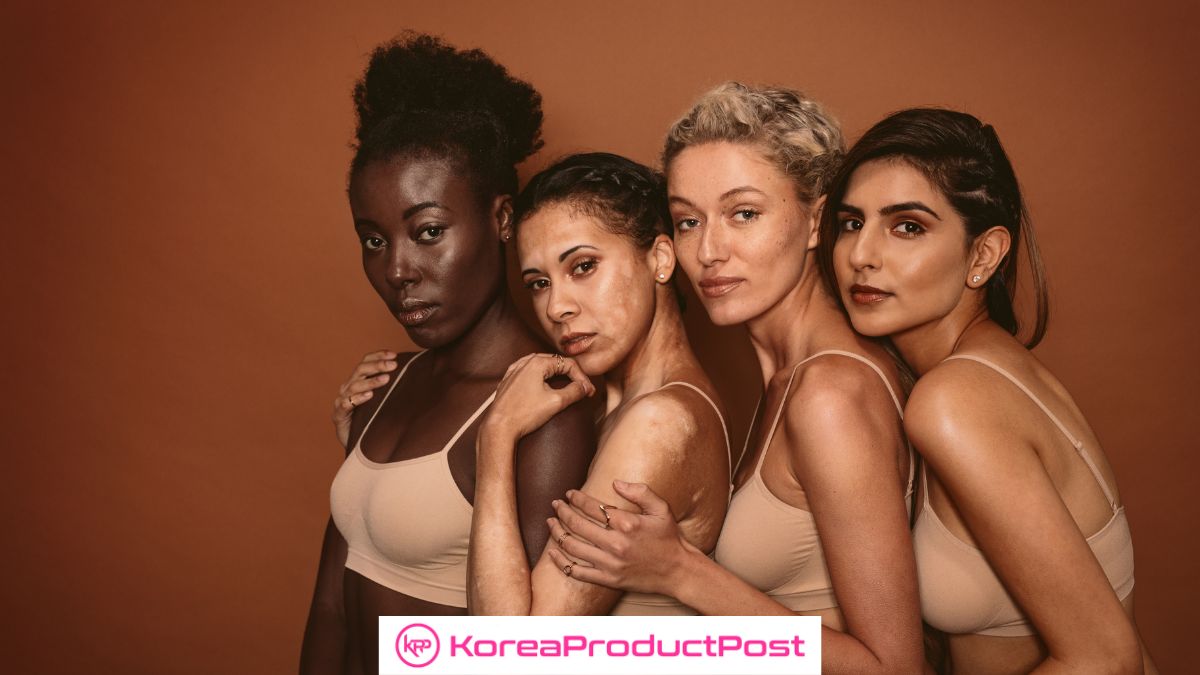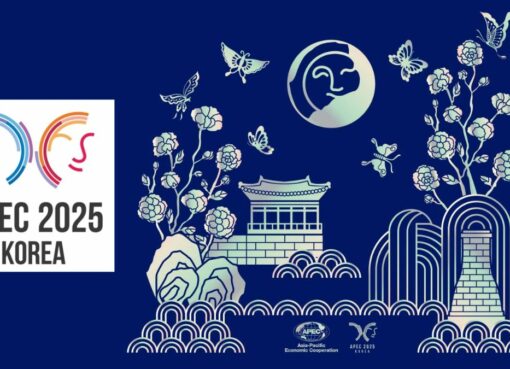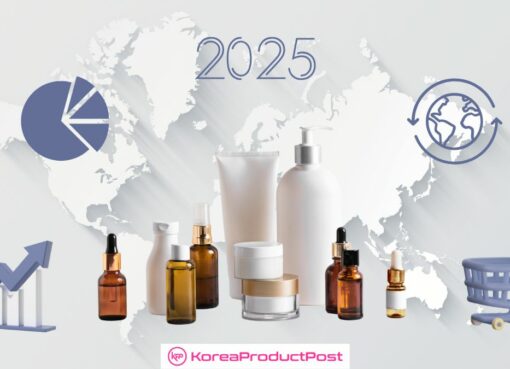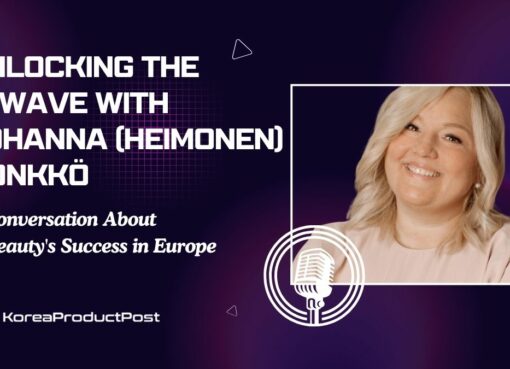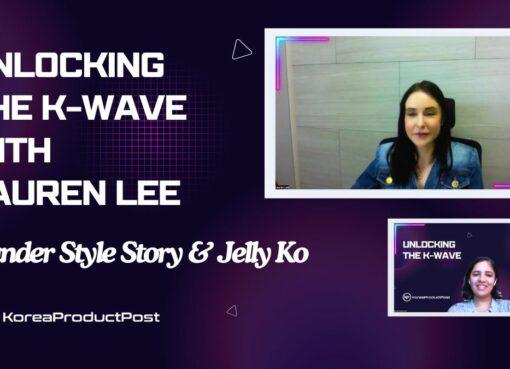From limited shades to diverse offerings—explore how K-Beauty is transforming to meet the needs of a global audience demanding inclusivity.
Key Takeaways
- K-Beauty Expands – Once skincare-focused, K-Beauty is now embracing inclusivity in color cosmetics.
- Global Demand – Consumers worldwide are pushing for diverse shade ranges.
- Social Media Influence – TikTok and influencers drive brands to prioritize inclusivity.
- Challenges in Korea – Limited local diversity makes shade expansion complex, but brands are adapting.
- Celebrity Endorsements – Stars like Cardi B amplify K-Beauty’s reach and inclusivity efforts.
- Inclusivity = Growth – Expanding shade ranges isn’t just ethical; it’s a profitable strategy. Brands that listen and adapt will thrive in the evolving beauty landscape.
- The Future is Diverse – More Korean brands are embracing inclusivity for global success.
Double cleansing. Ten step skincare routine. Glass skin. These are some of the trending buzz words in the skincare industry. The early 2010s saw the rise of K-beauty in the world of skincare cosmetics. And now, almost a decade later, a second wave of skincare revolution is taking over the world. There is a transformative shift as K-beauty embraces inclusivity in both shade range and representation. This evolution signals not just a response to global consumer demands but also a strategic move toward long-term growth in international markets.
What is K-beauty and what makes it unique?
When people ask, ‘What is K beauty?’ they usually think of its unique skincare steps, focus on natural ingredients, and the goal of achieving glass-like, healthy skin.
K-beauty is the philosophy of nourishing the skin rather than stripping it. It emphasizes health, hydration, and gradual, long-lasting improvement. It supports the skin barrier, which maintains balance, resilience, and a radiant glow. While suitable for all skin types, it’s particularly beneficial for sensitive skin due to its gentle formulas. Unlike the “quick-fix” culture of Western skincare, which often promises fast but temporary results that can be harsh on the skin, K-beauty focuses on building healthy, radiant skin over time.
But what also makes K-beauty truly special is how it keeps evolving to meet the needs of people all over the world.
The rise in K-beauty popularity synchronizes with the increasing global popularity of Korean culture, mainly K-drama and K-pop. These celebrities often, not even actively, promote Korean skincare products, thereby increasing its popularity.
In dramas like True Beauty, the main character, Jugyeong, is a K beauty product enthusiast. By cleverly placing these products in the show, the show has become a hit and boosted sales. BTS, the K-pop boy band, is partnering with countless K-beauty brands, Jin is the global ambassador for Laneige, and so on.
Despite its popularity, K beauty has been criticized for its limited shade range and lack of representation. While Korea’s population has traditionally been homogeneous, its growing global fan base is demanding greater inclusivity.
Rise of K-beauty
The first wave of Korean skincare was all about making the skin healthier, the second wave is now expanding into makeup-and-skincare hybrids. K-beauty products like foundations with moisturizing ingredients like hyaluronic acid, concealers with nicinamide that brightens skin, and more are becoming popular. These new skin-forward makeup products are a big step forward for the industry, and they’re perfect for K-beauty to grow even more.
Historically, K-beauty has faced challenges in catering to diverse skin tones. Most Korean brands come from a relatively homogenous market. In these local populations, the foundation shades usually range from fair to light beige, with little variation.
However, as K-beauty is expanding globally, the demand for inclusivity has become impossible to ignore. Today, both Korean-founded and Korean-American brands are navigating this shift in different ways. Each offers a different set of lessons and experiences in adaptation, consumer engagement, and market expansion.
Cultural Roots of K Beauty’s Exclusivity
Korean brands have traditionally focused on their primary customers, Koreans. They have similar skin complexions and skin types. This is why there aren’t many different types of shades in beauty products. On top of that, Confucian beliefs that consider fair skin as a sign of wealth and beauty create additional cultural barriers to inclusivity in K beauty.
As Korean culture became more popular around the world, the demand for K-beauty products skyrocketed. But this rapid growth didn’t give Korean brands enough time to meet the diverse needs of their new international customers.
From Skincare to Color Cosmetics: The Growing Demand for Inclusivity
The first wave of K-beauty saw global audiences embracing Korean skincare, thanks to its focus on hydration, gentle formulations, and unique ingredients. Korean legacy companies like Amorepacific Corporation brought brands like Laneige and CosRx into the mainstream. Meanwhile, Korean-American brands like Glow Recipe helped bridge the gap between East and West. Inclusivity was less of a concern since skincare is largely universal.
However, as the industry expanded into color cosmetics, the lack of diverse foundation shades became glaringly apparent. Unlike in the U.S., where brands like Fenty Beauty set new industry standards by launching with 40+ shades, Korean brands historically offered just a handful of options. Korean brands usually have just three to five foundation shades, mostly for their local customers. Some brands venture into making darker shades but they don’t match the whole range of skin color, thereby becoming obsolete. It is difficult for consumers with medium to deep skin tones to find a match.
A key turning point came as international influencers and consumers voiced concerns on social media, calling for expanded shade ranges. This direct consumer feedback was the catalyst for change. It pushed brands to rethink their approach. Some Korean-American brands, such as Cle Cosmetics, took early steps toward inclusivity, expanding their CCC Cream to include a wider range of undertones.
Yet, for many Korea-based brands, the challenge remains: How do you develop inclusive products in a country with limited local diversity for product testing? Plus, the biggest challenge in developing more shades is money. Creating each new shade to support inclusivity is costly. There is a minimum order quantity requirement which adds on to the cost.
Inclusivity as a Competitive Advantage
Beyond shade ranges, Korean brands are also adapting their marketing strategies to reflect a more diverse consumer base. Events such as KCON and BTS concerts are attracting a wide global audience, proving that K-beauty’s appeal extends far beyond Korea.
To cater to this changing demands, Korean brands are collaborating with international influencers. They are creating shade-inclusive swatches, and even reformulating products to better suit different skin types and tones.
K-beauty industry’s move toward inclusivity is not just about meeting ethical expectations—it’s a strategic business decision. According to a Statista survey, K-beauty is gaining traction in diverse markets. In American region, Korean beauty products are popular among 61.3% of respondents in Mexico and 49.8% in Brazil. It showcases that these products are quite popular in their countries. In addition, Euromonitor reports that 19% of Black/African descent respondents in North America are now familiar with Korean beauty. This number is expected to rise as inclusivity efforts continue. So, it makes sense for Korean beauty and skincare companies to invest in expanding their portfolios to suit diverse skin types.
The TIRTIR Case: How Social Media Drove Change
One of the most notable examples of K-beauty’s shift toward inclusivity is TIRTIR’s Mask Fit Red Cushion. At the time of its launch, it came in only three shades 17C, 21N, and 23N—named Porcelain, Ivory, and Sand. The three shades were perfect for fair skin tones but left a big gap for medium to deeper tones. The product quickly went viral on TikTok, but also drew criticism for its lack of color options.
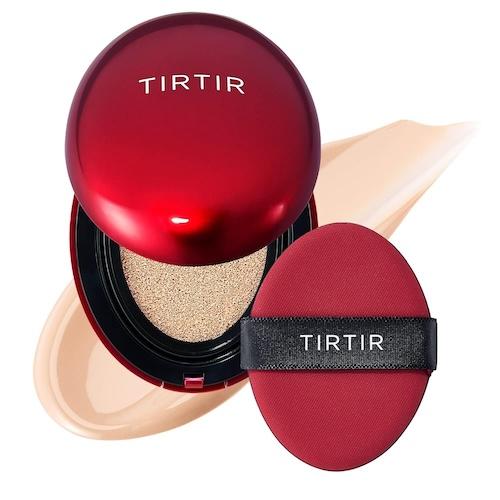
Beauty influencer Darcei Giles (Miss Darcei) after using the cushion for the first time in March, experienced quite a disappointment. She stated in her review, “I know that Korean foundations can make my shade; it’s not impossible.” Within a few months, the brand expanded to 11 shades, but still not suitable for a darker complexion.
TIRTIR listened. Within months, the brand expanded its shade range to 40 options, marking one of the most significant expansions in K-beauty history. The color development was challenging as product testing in Seoul could not offer the right audience. To overcome this, the Korean brand sent samples to influencers across the world for their input. The company credited direct social media feedback as the driving force behind its decision. It proves that consumer engagement is shaping the next generation of K-beauty offerings. This expansion not only opened doors to a broader audience but also demonstrated the economic benefits of inclusivity—70% of TIRTIR’s sales now come from its foundation line.
Smaller US-born K-beauty brands might struggle to get funding for expanding their shade range, but Korean brands like TIRTIR are finding ways to overcome the challenges of product testing due to the limited diversity in their home country.
This cultural shift showcases the economic benefits of inclusivity. Initially a skincare brand on the brink of cancellation due to lack of inclusivity, TIRTIR is now collaborating with Black and Latina influencers on TikTok and creating product swatches with a wider range of skin tones. This helps consumers see the benefits of products reflecting their skin tones and types, despite cultural differences in beauty standards between Korea and the US.
What’s Next for K-Beauty?
Cardi B and her recent endorsement of K-beauty is also increasing K-beauty’s global inclusivity. In a viral TikTok video, rapper Cardi B raved about BRMUD’s Recovery Mud Mask and Recovery Mud Pack, highlighting their brightening and pore-minimizing effects. With her endorsement, the brand was introduced to millions of her followers, sparking widespread interest and showcasing K-beauty’s universal appeal. Now, if you try to search for the brand on Amazon, you will see “Cardi B mask” in its title. Endorsements like this from celebrities with diverse fans can accelerate K-beauty’s global adoption. It also encourages Korean brands to meet international market demands.
As the consumer expectations evolve, the brands also try to adapt to meet the demands. Compared to Western markets, Korean brands have a certain level of competitive advantage, thanks to the innovation. However, it can only remain effective if they continue to expand their offerings that meet the inclusivity requirements. The brands are collaborating with global influencers, and responding to real-time social media feedback, ensuring that the future of K-beauty is set to be more diverse and accessible than ever before.
K-beauty brands like TIRTIR is adapting well to the changing beauty landscape. They are using social media as a source of research to drive inclusive product development. On the other hand. many smaller US brands need to catch up and offer a wider range of shades. Especially when it comes to matching skin tones, which can be a big project and cost a lot of money. But even if they aren’t able to execute it perfectly, their first step towards being more inclusive is a good start. As we enter this new phase of K-beauty, one thing is clear—brands that prioritize representation, diversity, and consumer engagement will define the industry’s next chapter.
Join us on an exciting journey to explore the vibrant world of Korean lifestyle – from the latest beauty tips to the hottest tech and so much more on Facebook, Twitter, LinkedIn, and Flipboard.



